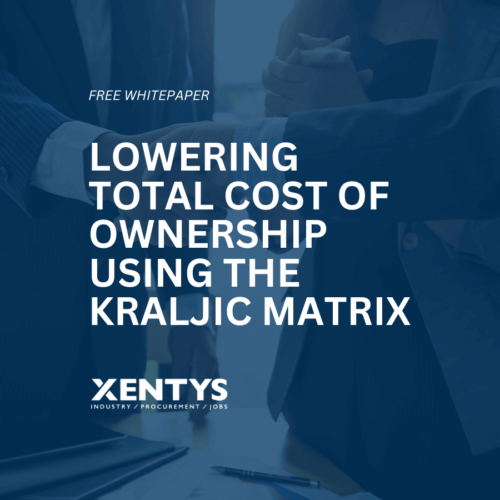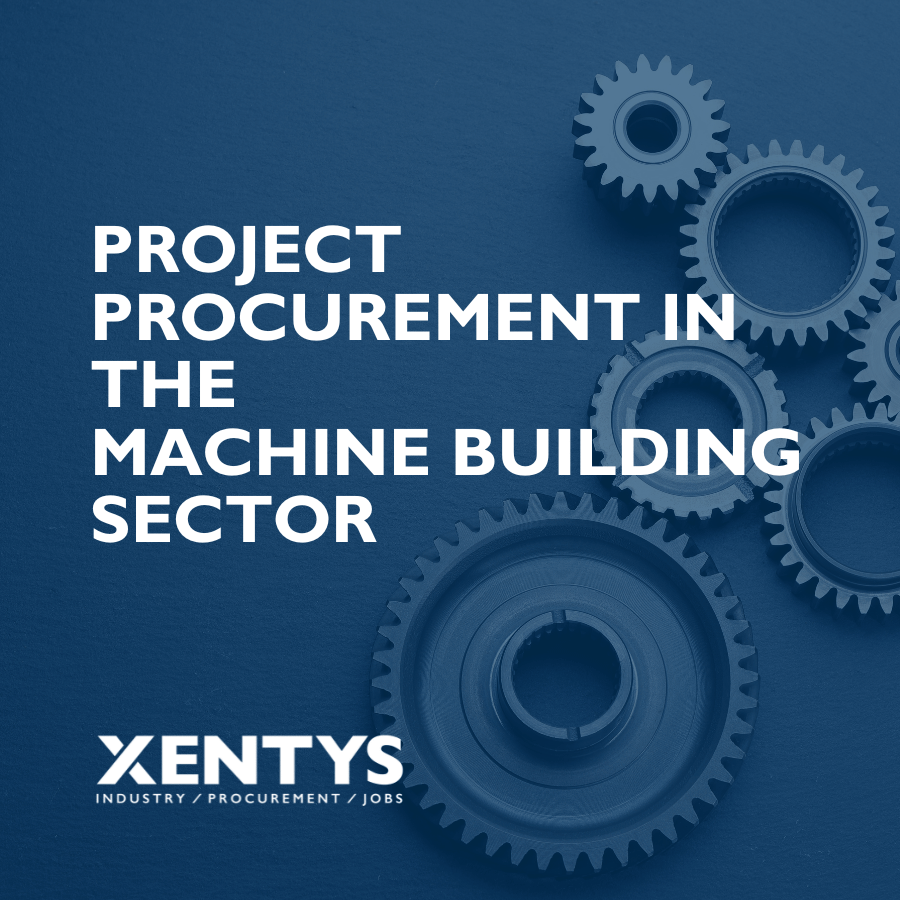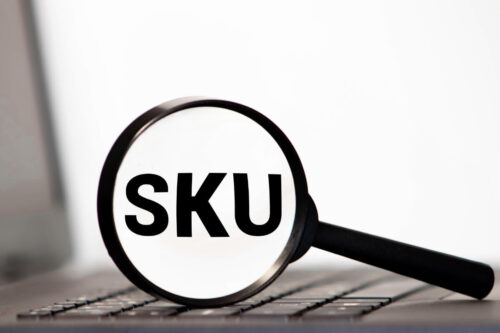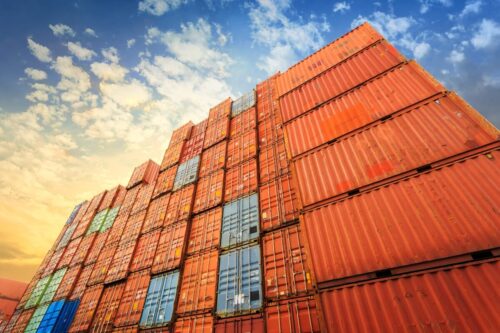In today’s business environment, it is essential to make a clear distinction between procurement and purchasing. Although these terms are often used interchangeably, they represent two different financial systems with their own objectives and processes. Understanding this distinction is crucial to a company’s success, especially in a market like the Netherlands where efficiency and strategic planning are paramount.
What is Procurement?
Purchasing, or procurement, is about strategically approaching the market to obtain services and goods a company needs to achieve its long-term goals. It is a complex process that begins with identifying a company’s needs and ends with managing supplier relationships and optimizing costs. In the Netherlands, where the market is dynamic and competitive, procurement plays an important role in gaining a strategic advantage.
At Xentys, we understand the importance of a structured procurement process. Our services are designed to support companies in finding the right procurement professionals who not only understand the market, but can also translate the company’s strategic vision into effective procurement strategies. From interim buyers to strategic procurement managers, we offer the expertise needed to optimize your procurement processes and take your business to the next level.

FREE WHITE PAPER
Reduce Total Cost of Ownership (TCO) with the Kraljic Matrix
What is Acquisition?
Purchasing, or purchasing, is more short-term oriented and deals with the actual process of ordering and receiving goods and services. It is part of the broader procurement process and focuses on efficiently executing transactions, managing orders and paying suppliers. In the Dutch market, where speed and efficiency are essential, a streamlined purchasing process is critical to a company’s success.
The Key Differences
The main difference between procurement and purchasing lies in their focus and goals. Procurement is strategic and long-term oriented, while purchasing is operational and short-term oriented. Procurement covers the entire process from identifying business needs to managing supplier relationships, while purchasing focuses on the transaction itself.
At Xentys, we recognize these differences and offer solutions that support both aspects of the procurement process. Our services are designed to help companies strike the right balance between strategic sourcing and efficient procurement, which is essential for maintaining competitive advantage in the Dutch market.
"Sustainability and procurement are inextricably linked. By purchasing smartly and strategically, organizations can not only benefit financially, but also contribute to a better world."
Een vooraanstaande inkoopexpert bij Xentys

Free whitepaper
Project Procurement in the Machine Building Sector
E-Procurement: The Future of Procurement
In an era when digitization is becoming the norm, e-procurement is a game-changer for companies looking to modernize their procurement processes. E-procurement uses technology to automate the procurement process, from identifying needs to paying suppliers. This not only leads to more efficient processes, but also provides better control over expenses and improves supplier relations.
Xentys is at the forefront of this development, providing advice and solutions for companies looking to digitize their procurement processes. Our expertise in e-procurement allows us to provide customized solutions that fit your company’s unique needs, helping you better compete in the rapidly changing Dutch marketplace.
Find a buyer through xentys
At xentys, your experienced procurement recruitment agency, we are happy to help you find the right professional for your procurement team. Send a message today and strengthen your purchasing department.
The differences in brief
Understanding the distinction between procurement and purchasing is essential to the success of any business. While procurement focuses on strategic, long-term goals, purchasing deals with day-to-day operational tasks. In the Netherlands, where the market is constantly evolving, it is essential to have a partner like Xentys that not only understands the differences, but also provides the expertise and solutions to optimize your purchasing and procurement processes.
Discover how Xentys can help your company navigate the complexities of procurement and purchasing.
News

What is the meaning of SKU?
A SKU, or Stock Keeping Unit, is a unique code used to identify a specific product that is in stock. This alphanumeric code is indispensable for inventory management and logistics operations, as it allows products to be tracked and managed. SKUs can contain information about a product’s features, such as

What is meant by the 80 20 rule?
The 80/20 rule, also known as the Pareto principle, is an economic rule that states that 80% of all results come from 20% of all efforts. This rule was first introduced by Italian economist Vilfredo Pareto, who discovered that 80% of the land in Italy was owned by only 20%

What does 3PL & 4 PL mean?
The terms 3PL (Third-Party Logistics) and 4PL (Fourth-Party Logistics) play an important role in supply chain management today. But what exactly do those terms mean? 3PL refers to a logistics service provider that outsources specific logistics functions, such as transportation, warehousing and distribution, to an external party. These service providers

What is a freight forwarder?
A freight forwarder, also known as a forwarding agent, is an essential link in the logistics chain. This party organizes and coordinates the transportation of goods from one location to another. In this context, the necessary means of transportation, such as trucks, ships or aircraft, must be arranged and the

